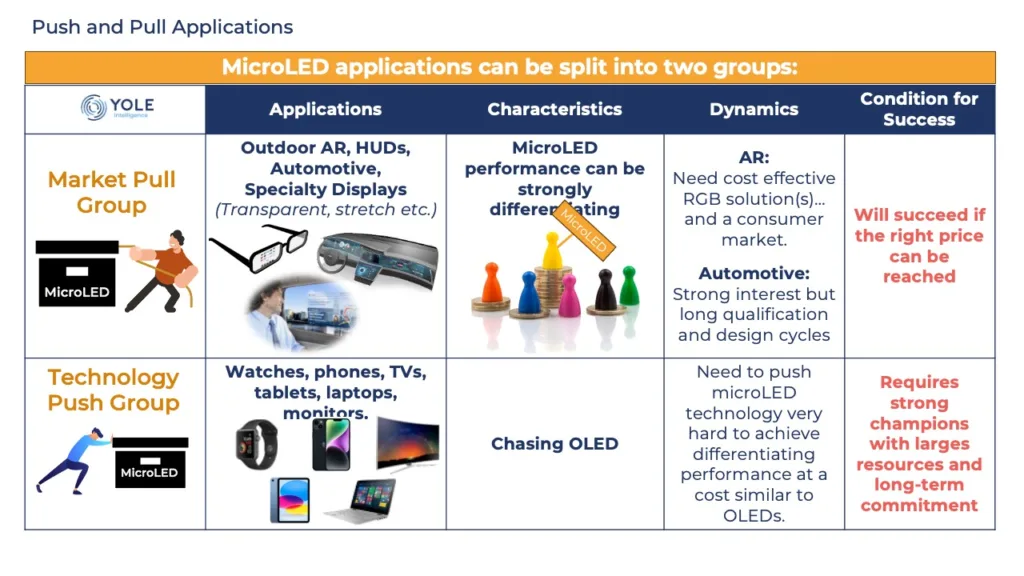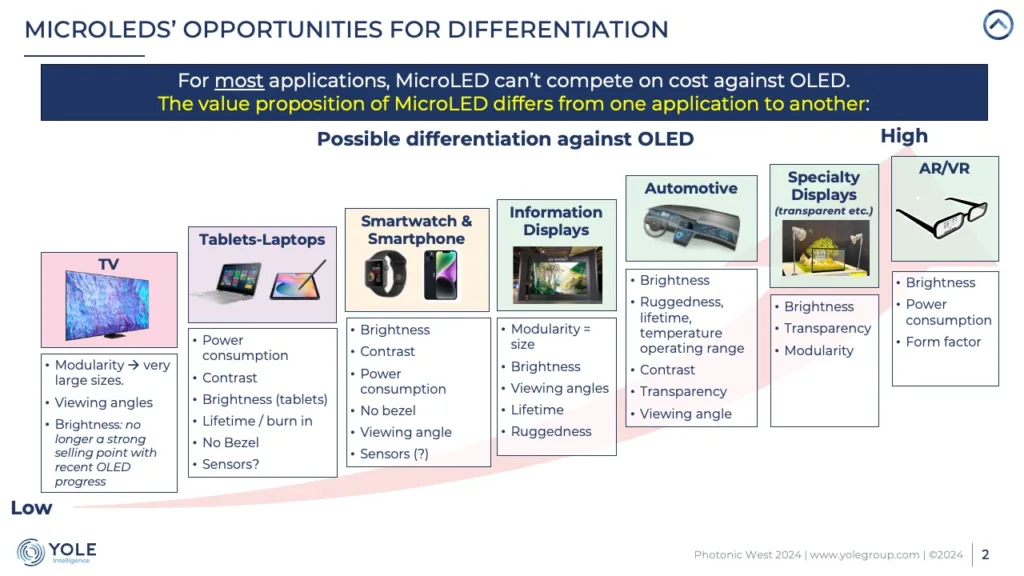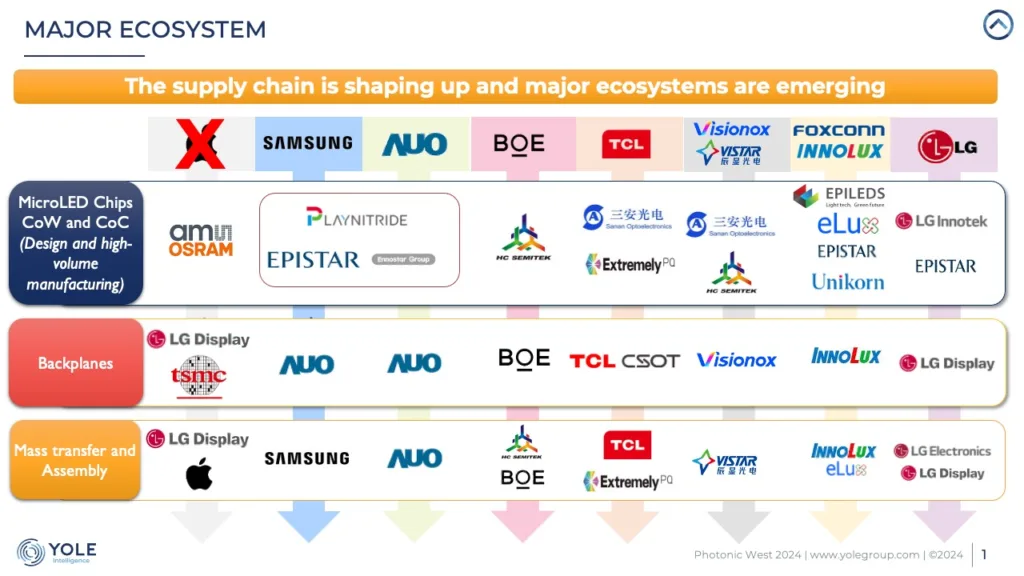In a candid dialogue with Display Daily, Eric Virey from the Yole Group shared nuanced perspectives on the evolution, current status, and forward path of MicroLED technology—a subject of considerable buzz and speculation within the display industry. This exchange, ripe with the technical and market insights characteristic of Virey’s extensive background in LED technology and keen interest in its application within displays, shed light on the substantial investments and technical hurdles shadowing MicroLED’s journey towards commercial viability.

One of the most poignant points was around Apple’s strategic pivot in its approach to MicroLED technology. Traditionally known for adopting technologies matured by other market players, Apple’s significant financial commitment—surpassing $3 billion, according to Virey—marked a rare foray into pioneering a display technology from its nascent stages. This move not only underscored the potential Apple saw in MicroLED but also placed it squarely at the forefront of the technology’s developmental narrative. Yet, despite this ambitious bet, the myriad technical challenges, particularly around mass transfer technology and yield management, have tempered the initial optimism surrounding MicroLED’s imminent market entry.

Virey’s insights into these challenges, particularly the daunting task of assembling displays with tens of millions of micro-sized LEDs with near-perfect accuracy, brought into sharp focus the gap between technological possibility and practical manufacturability. Moreover, his commentary revealed a MicroLED industry at a crossroads, searching for a new champion to lead its charge following Apple’s recalibration of its involvement in MicroLED development.
As the conversation veered into the potential applications and future of MicroLED technology, Virey highlighted areas beyond traditional displays—such as AR micro-displays and transparent displays—where MicroLED could carve niches for itself. Yet, the viability of these opportunities hinges on overcoming significant technical barriers and catalyzing market demand for novel display applications.

The discussion also illuminated a broader industry trend towards collaboration and innovation, particularly within Taiwan’s tech ecosystem, as companies like AU Optronics explore MicroLED amidst competitive pressures from LCD and OLED technologies. This shift suggests a budding renaissance for MicroLED, rooted in addressing niche applications and leveraging the technology’s unique properties, such as modularity and transparency.

As the interview concluded, with a forward glance at the upcoming Display Week 2024, it became evident that MicroLED stands at a pivotal juncture. The path forward, as outlined by Virey, involves not just overcoming technical challenges but also forging new applications and markets where MicroLED’s advantages can shine. In this narrative of technological ambition, industry shifts, and the search for new applications, the dialogue between Rahmat and Virey encapsulated the complex tapestry of challenges and opportunities defining the future of MicroLED technology.
And Virey sums up the challenges facing MicroLED going forward by saying, probably the best encapsulation of what lies ahead for the industry, “To succeed, MicroLED will have to go where no displays has gone before.”

